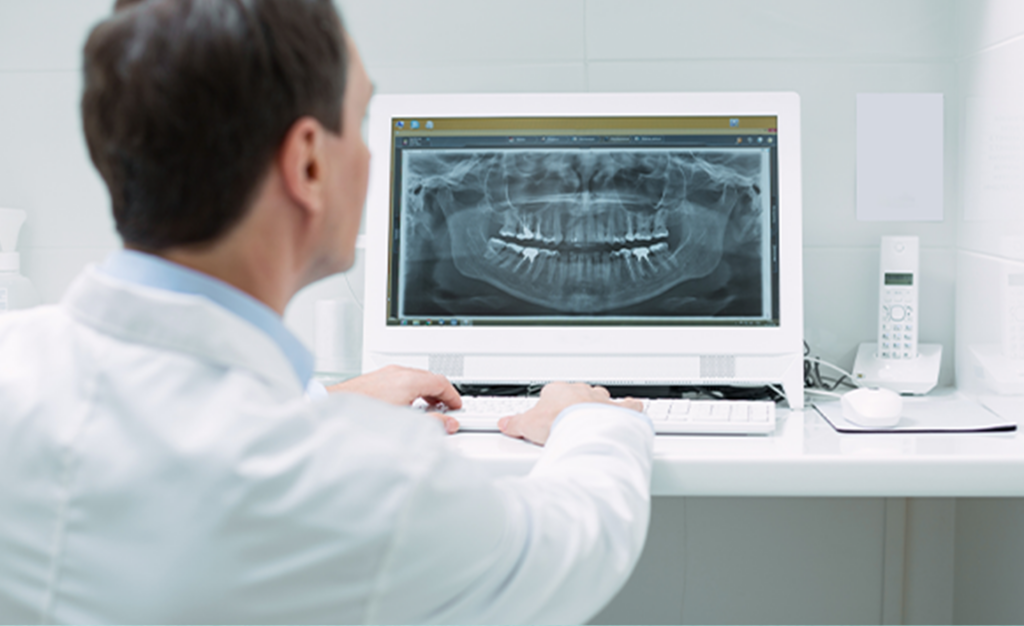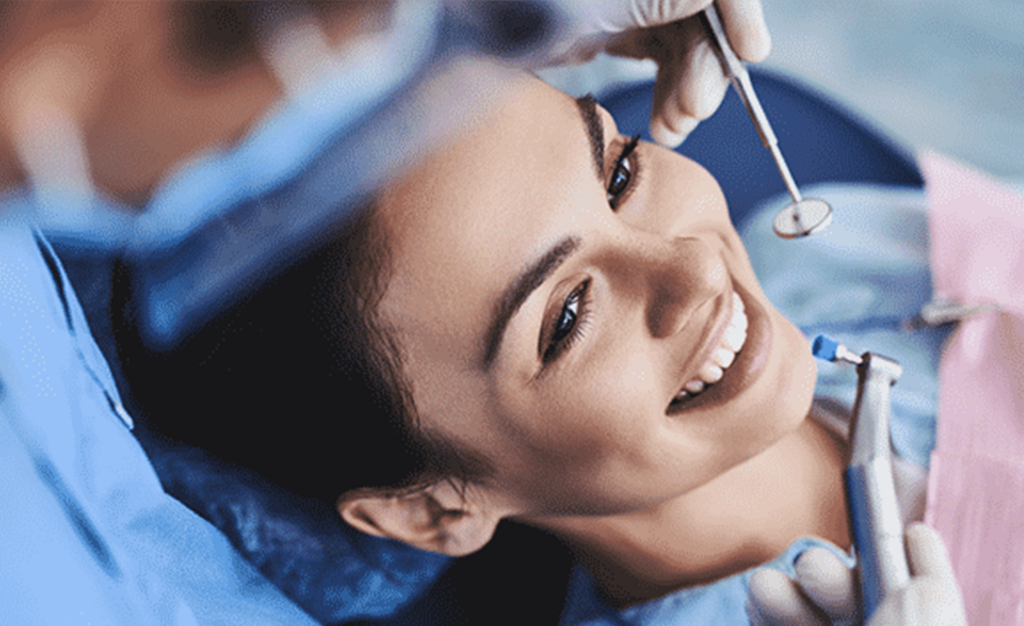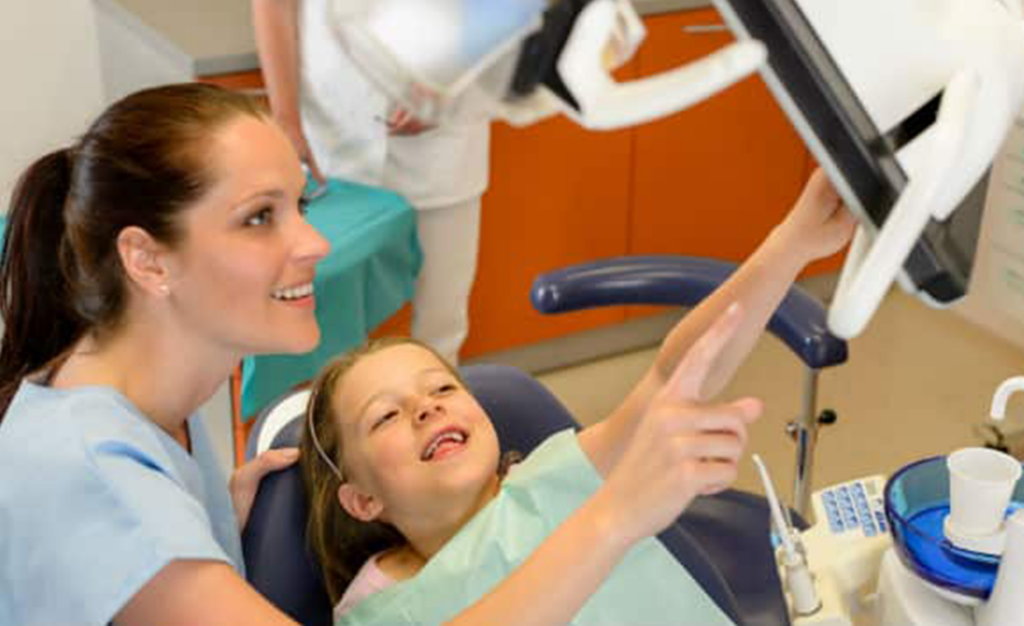
April is Oral Cancer Awareness Month. Early detection considerably increases long-term survival and underscores the importance of routine oral cancer screening. Every dental appointment is your chance to get screened.
The American Cancer Society estimates that there will be around 54,000 new cases and 11,230 deaths in 2022 because of oropharyngeal cancer and oral cavity.
Oral cancer includes cancers of the tongue, lips, throat, minor salivary glands, the floor of your mouth, and gums. Men are more prone to oral cancer than women, making it the 6th most prevalent cancer among men. If not detected and treated early, oral cancer can be life-threatening. That’s why many general dentists in Palo Alto take advantage of routine visits and dental appointments to check for signs of cancer.
Signs and symptoms of oral cancer
Oral cancer often appears as a sore or growth that doesn’t go away. For instance, you may have recurring sores on your mouth, neck, or face that bleed easily and don’t heal as quickly as they are supposed to.
According to the Cleveland Clinic, other typical symptoms of oral cancer include:
- Unexplained bleeding in your mouth
- Bumps or lumps, rough spots/eroded areas in your gums, lips, or other parts inside your mouth
- Speckled white-and-red patches in your mouth
- Soreness or a strange feeling that something is stuck in the back of your throat
- Unexplained numbness or pain in any area of your mouth, face, or neck.
- Chronic sore throat, voice changes, or hoarseness
- Difficulty speaking, chewing, swallowing, or moving your tongue or jaw
- Changes in your bite
- Ear pain
- Dramatic weight loss
What happens during oral cancer screening?
Oral cancer screening covers your oral cavity and related tissues, which can be in the sinuses, throat, pharynx, and larynx. Screening can reassure you that there are no abnormalities or trigger early treatment.
The phrase “oral cancer screening” and “mouth cancer screening” are used interchangeably, as you may hear from your Palo Alto dentist. Screening is divided into two parts – a visual exam and a physical exam. Let’s dive in!
Visual examination
During a visual examination, your dentist will advise you to remove dentures or other removable dental devices you may have. This ensures your entire mouth is accessible. Your dentist will be looking for asymmetries, bumps, swellings, ulcerations, patches of color, or other abnormalities. They may also observe your face, lips, jaw, cheeks, neck, and inside of your nose.
Your top dentist Palo Alto will use a light and a mirror to examine the inside of your mouth. Additionally, they employ a tongue depressor to hold your tongue down and examine the back of your mouth. And, as you may recall from your childhood physical, your dentist will request you to stick your tongue out and say, “Ahh.” These reveals areas of your throat that would otherwise be difficult to see.
Physical examination
Aside from a visual examination, your dentist will touch your face, neck, and mouth to feel for strange masses and nodules. According to the Oral Cancer Foundation (OCF), touch is necessary for dentists to detect any cancer-causing anomalies in your mouth. In other words, a tactile examination helps your dentist quickly locate any hard tissues and lumps in the mouth. Signs of oral cancer are usually painless in the early stages, hence more reasons for dentists to screen for it regularly.
If your dentist discovers an oral cancer-like symptom, they might recommend further testing to establish clearly what that symptom means. Remember, results that require further assessment are not necessarily an indication of a cancer diagnosis. However, if the tests confirm the presence of oral cancer, early treatment is highly advised.
Oral cancer screening is not only a visual or physical examination. It’s a golden chance for you to discuss your anxieties and concerns regarding oral cancer. Come prepared with questions and seek guidance on lifestyle adjustments. It’s not unusual to be edgy regarding the possibility of oral cancer but going regularly for this screening will help put your mind at ease.
How often should you go for oral cancer screening?
Experts have different opinions on how frequently people should be screened for mouth cancer. However, dentists recommend that all adults be screened every six months.
Even people who maintain a healthy lifestyle may develop oral cancer. We advise patients not to brush aside the possibility of oral cancer and be diligent about scheduling careening.
Lastly, some people need more frequent screenings. If you have risk factors for cancer, it is advisable to get screened even more frequently than twice per year. Top risk factors, as explained by the American Cancer Society, include:
- Heavy alcohol consumption
- Tobacco use
- Prolonged sun exposure
- Human Papilloma Virus (HPV)
- A history of oral cancer
Other tips for preventing oral cancer, besides dental visits
- Maintain proper oral hygiene – Brush your teeth twice daily
- Quit tobacco products – Cease using cigars, cigarettes, or chewing any tobacco products.
- Eat a healthy and balanced diet – Whole, nutrient-dense foods ensure your body functions optimally.
- Prevent HPV – Get vaccinated for HPV and practice safe sex
- Limit sun exposure – Wear sunscreen to protect your face
Make an appointment with your dentist today
Do you think you might be exhibiting oral cancer-like symptoms? Or do you just want to learn more about how to prevent oral cancer? Schedule an appointment with your general dentist in Palo Alto today.



